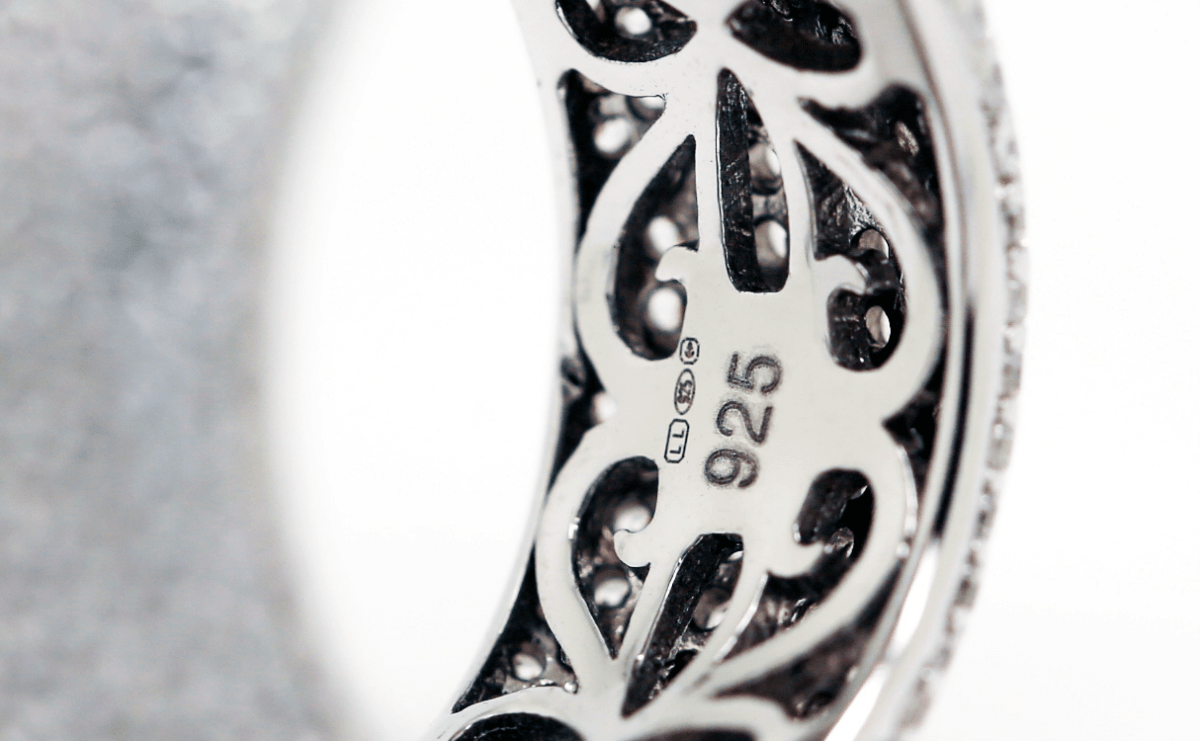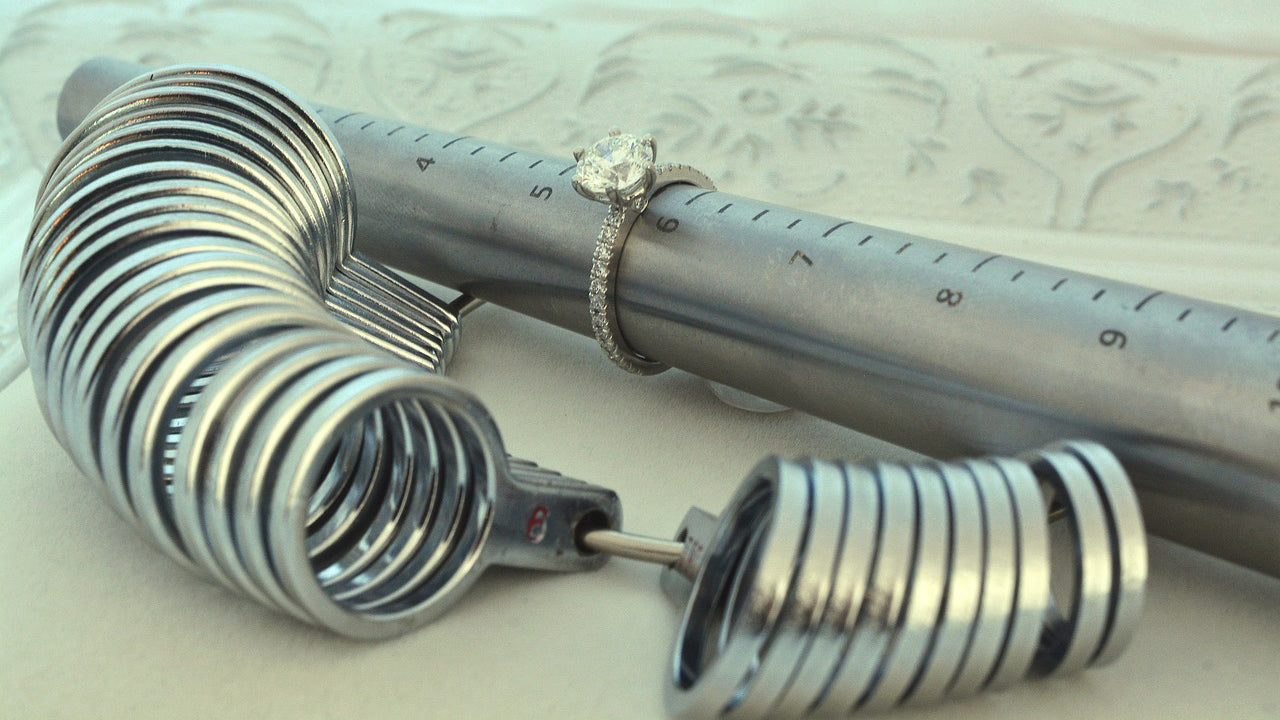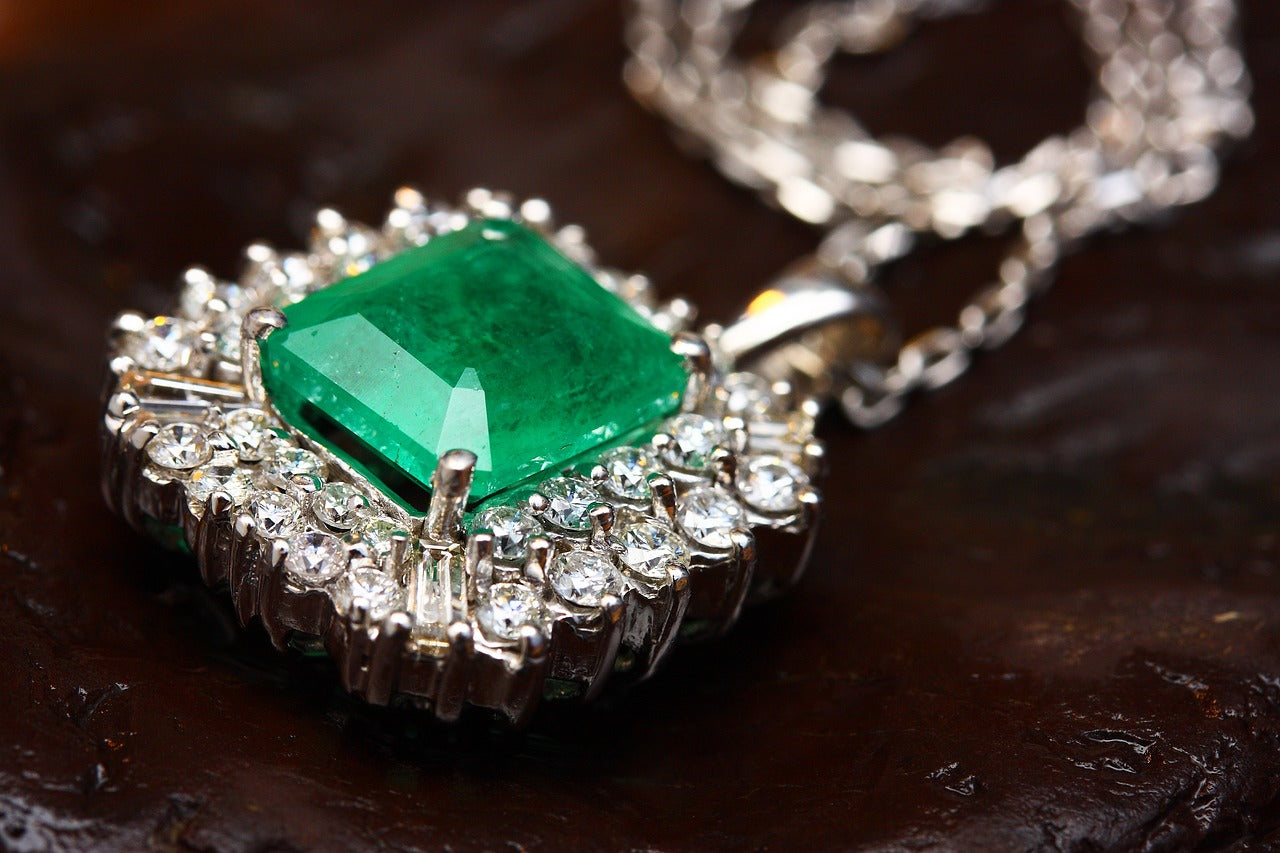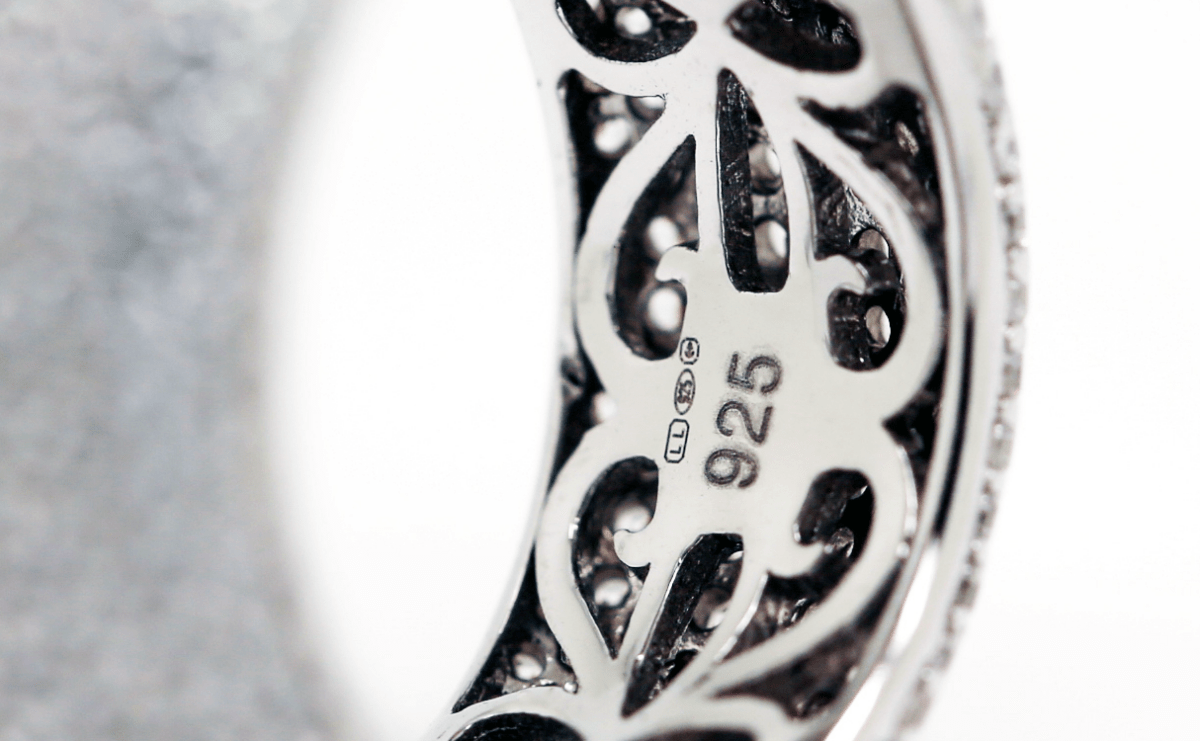Hey there, curious readers! Today, I'm diving deep into the fascinating world of UK hallmarking—a tradition that ensures the authenticity and quality of precious metals. Join me on this journey as we explore the different types of UK hallmarking, the laws surrounding hallmarking, and why it matters when purchasing jewellery.
What is UK Hallmarking?
At its core, UK hallmarking is a process of testing and certifying the purity of precious metals, such as gold, silver, platinum, and palladium. The hallmark stamped on jewellery serves as a guarantee of its quality, purity, and authenticity. Let's uncover the ins and outs of this age-old tradition:
-
Definition: A hallmark is a set of marks stamped on precious metal items to certify their authenticity, purity, and quality.
-
Purpose: Hallmarking provides consumers with confidence in the metals they purchase and ensures fair trade practices within the jewellery industry.
Types of UK Hallmarks
In the UK, there are several types of hallmarks, each conveying specific information about the metal item. Let's break them down:
Standard or Traditional Hallmark
-
Description: The standard hallmark consists of four or five marks: the sponsor's mark, fineness mark, assay office mark, optional date letter, and optional commemorative mark.
-
Sponsor's Mark: Unique mark identifying the maker or sponsor of the item.
-
Fineness Mark: Indicates the purity of the metal, typically expressed as parts per thousand.
-
Assay Office Mark: Identifies the assay office where the item was tested and marked.
Optional Marks
-
Date Letter: Indicates the year the item was hallmarked. It changes annually according to a predetermined cycle.
-
Commemorative Mark: Optional mark used to commemorate significant events or anniversaries.

Convention Hallmark
-
Description: Used for articles sent for hallmarking in countries that are signatories to the International Convention on Hallmarks.
-
Marks: Similar to the standard UK hallmark, but with additional marks indicating compliance with international standards.
Hallmarking Laws and Regulations
Hallmarking in the UK is governed by strict laws and regulations to ensure consumer protection and maintain industry standards:
-
The Hallmarking Act 1973: Legislation that regulates the hallmarking process and sets out the standards for precious metals.
-
Assay Offices: There are four assay offices in the UK—London, Birmingham, Sheffield, and Edinburgh—responsible for testing and hallmarking precious metal items.
-
Penalties for Non-Compliance: Failure to comply with hallmarking laws can result in hefty fines, seizure of goods, and damage to a business's reputation.
Why Hallmarking Matters
Understanding hallmarking is essential when purchasing jewellery for several reasons:
-
Quality Assurance: Hallmarking provides assurance of the quality and purity of precious metal items, giving consumers confidence in their purchases.
-
Consumer Protection: Hallmarking laws protect consumers from counterfeit and substandard products, ensuring fair trade practices within the jewellery industry.
-
Investment Value: Hallmarked jewellery holds greater value and is easier to resell or trade, making it a valuable investment for collectors and enthusiasts alike.

Final Thoughts
As we've delved into the intricate world of UK hallmarking, I hope you've gained a deeper understanding of this vital process in the jewellery industry. The next time you admire a piece of precious metal jewellery adorned with a hallmark, remember that it's more than just a stamp—it's a mark of quality, authenticity, and craftsmanship.
So here's to embracing the tradition of hallmarking and cherishing the beauty of quality jewellery that stands the test of time!



